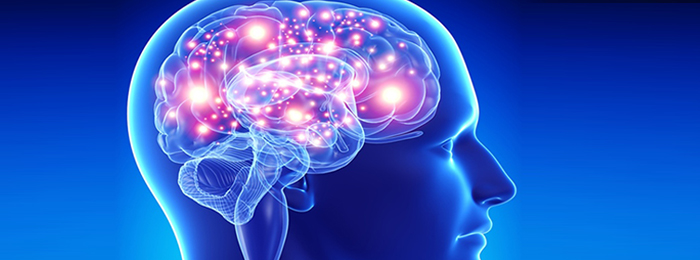
Shaking head to remove water from ears can cause Brain Damage
 Shaking your head to remove water from ears to prevent blockage is an instinctive and understandable reaction. But a recent study shows that you shouldn’t do that.
Shaking your head to remove water from ears to prevent blockage is an instinctive and understandable reaction. But a recent study shows that you shouldn’t do that.
The study points out there could potentially be serious health risks that result from violently shaking your head, especially for small children. Researchers at Cornell University and Virginia Tech in US revealed that shaking the head to free trapped water can cause brain damage in small children.
“Our research mainly focuses on the acceleration required to get the water out of the ear canal,” said Indian-origin researcher and study author Anuj Baskota from Cornell University. “The critical acceleration that we obtained experimentally on glass tubes and 3D printed ear canals was around the range of 10 times the force of gravity for infant ear sizes, which could cause damage to the brain,” he added.
For adults, the acceleration was lower due to the larger diameter of the ear canals. They said the overall volume and position of the water in the canal changes the acceleration needed to remove it.
“From our experiments and theoretical model, we figured out that surface tension of the fluid is one of the crucial factors promoting the water to get stuck in ear canals,” said Baskota.
Luckily, the researchers said there is a solution that does not involve any head shaking. “Presumably, putting a few drops of a liquid with lower surface tension than water, like alcohol or vinegar, in the ear would reduce the surface tension force allowing the water to flow out,” Baskota added.
It’s worth noting these are preliminary findings, for now, based on experiments simulating the amount of force involved, and not involving real people. So they can’t be taken as clinical proof of brain damage incurred from this activity.
But the research can still serve as a valid reminder of what you probably shouldn’t do next time water gets stuck inside your ear. The quickest potential fix to that common problem is likely not the safest option.
Source: Science Alert, News 18